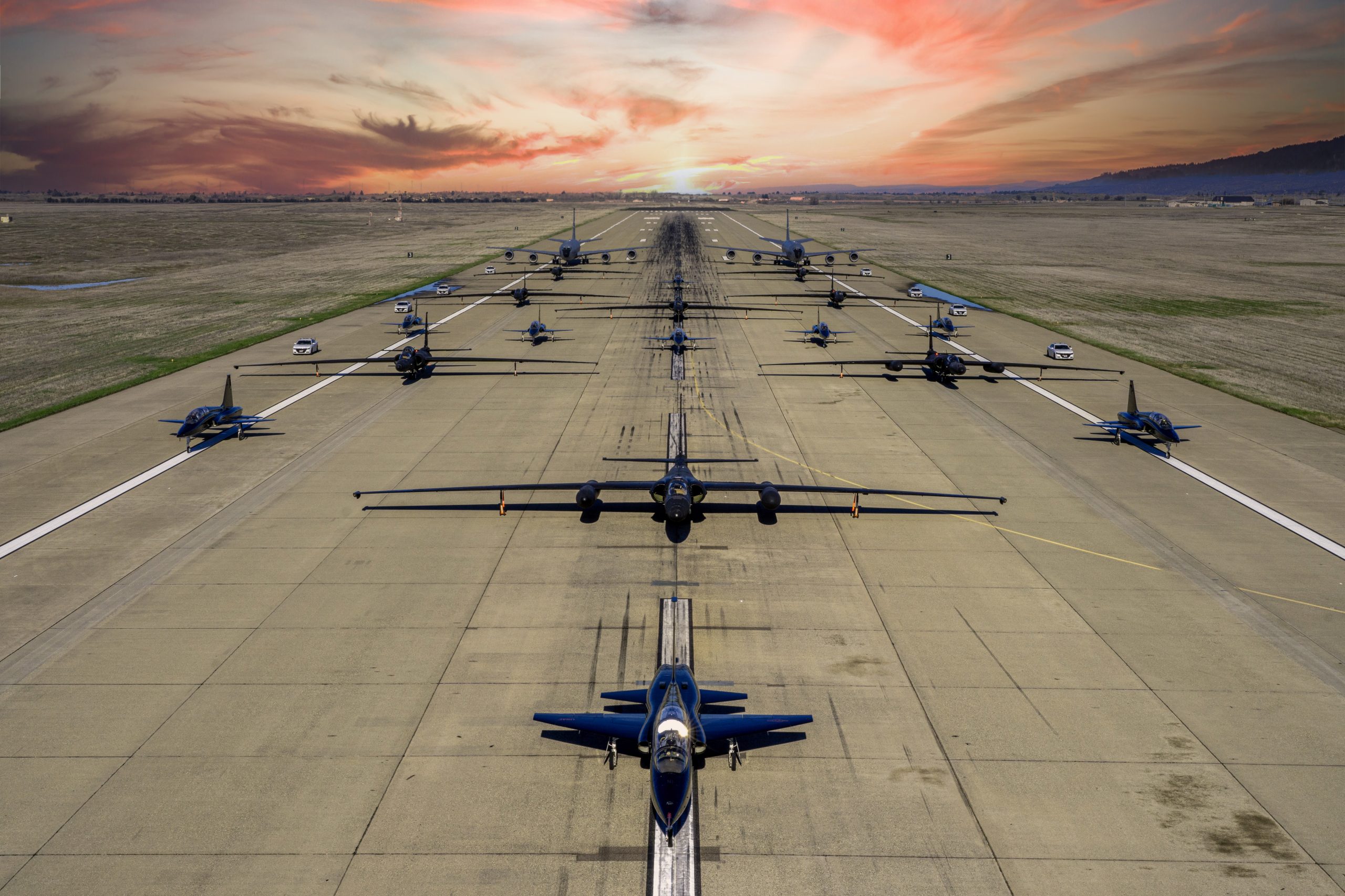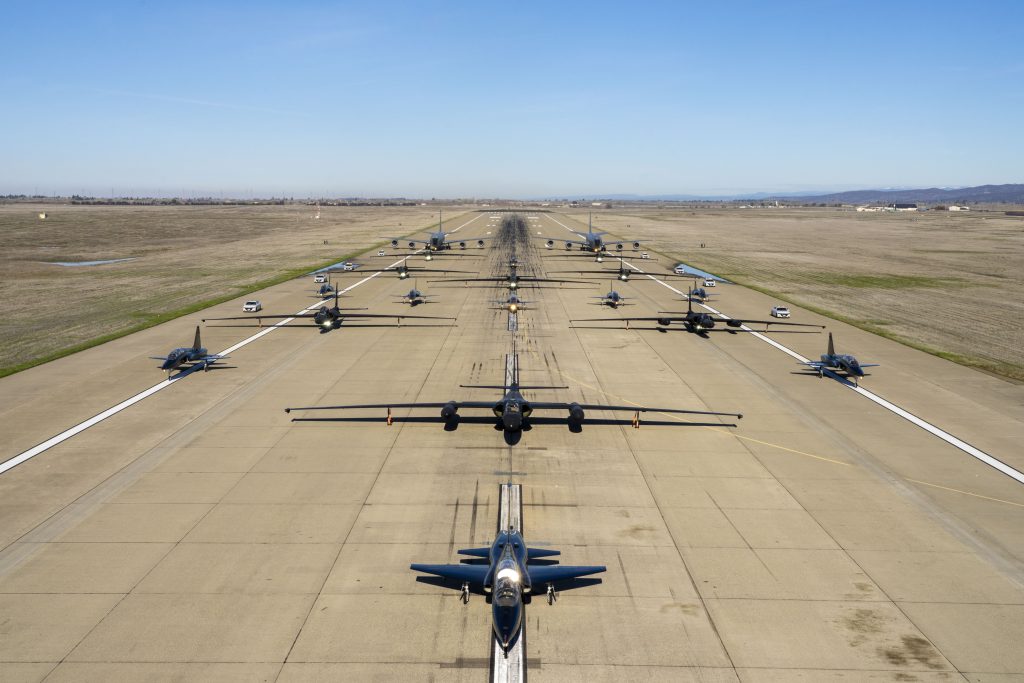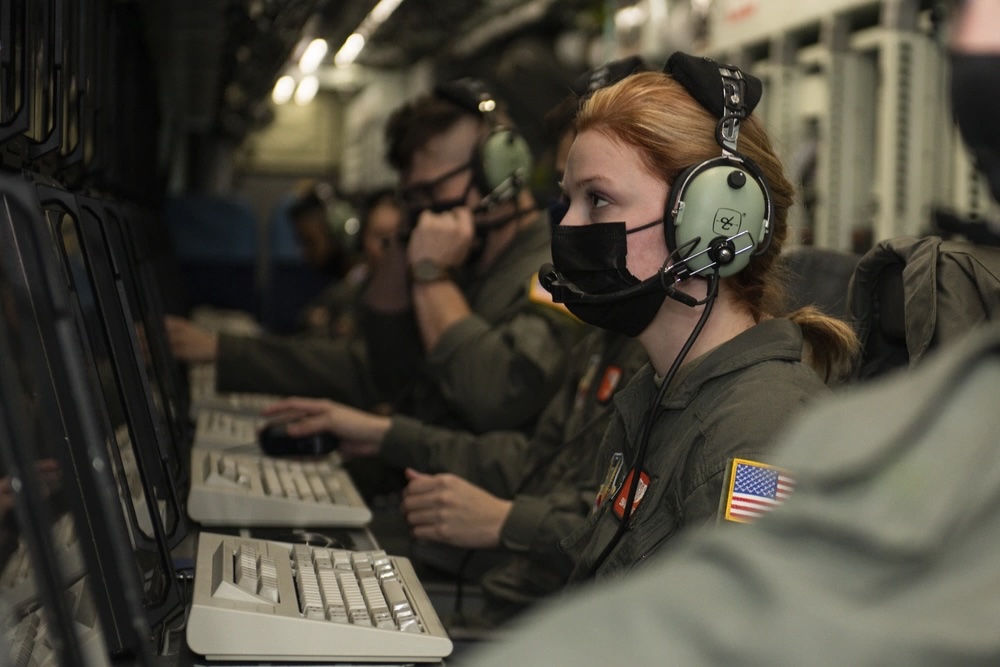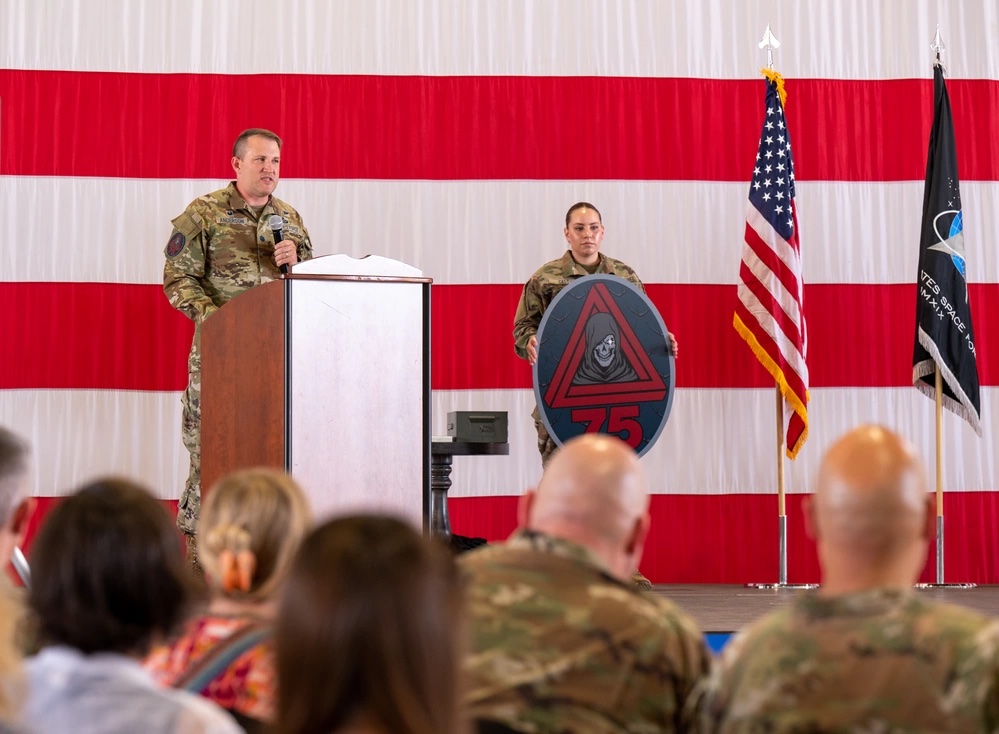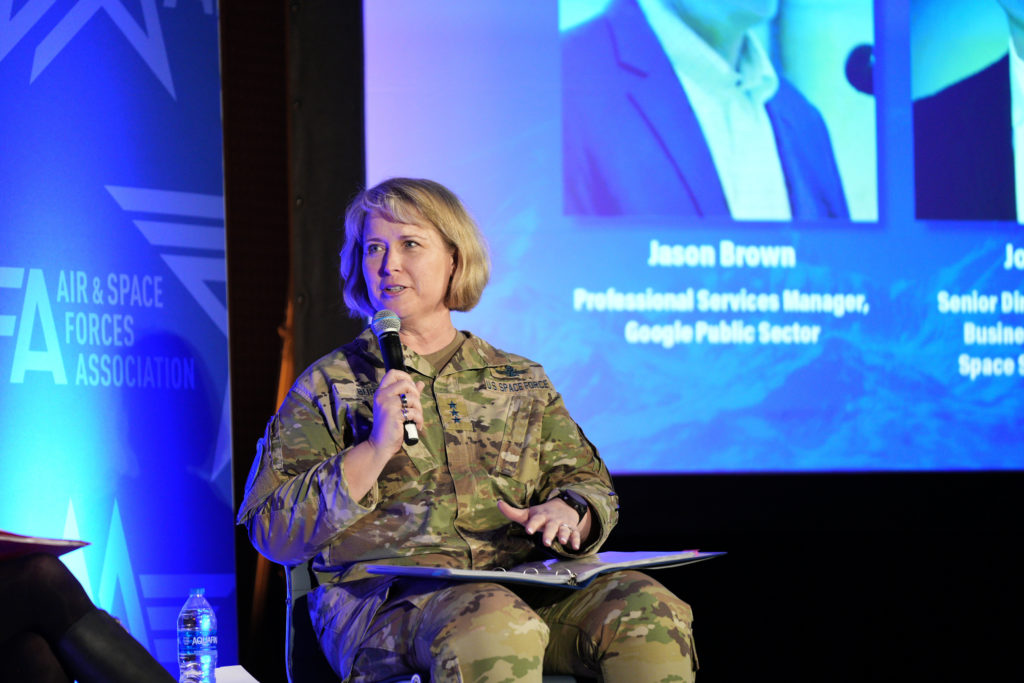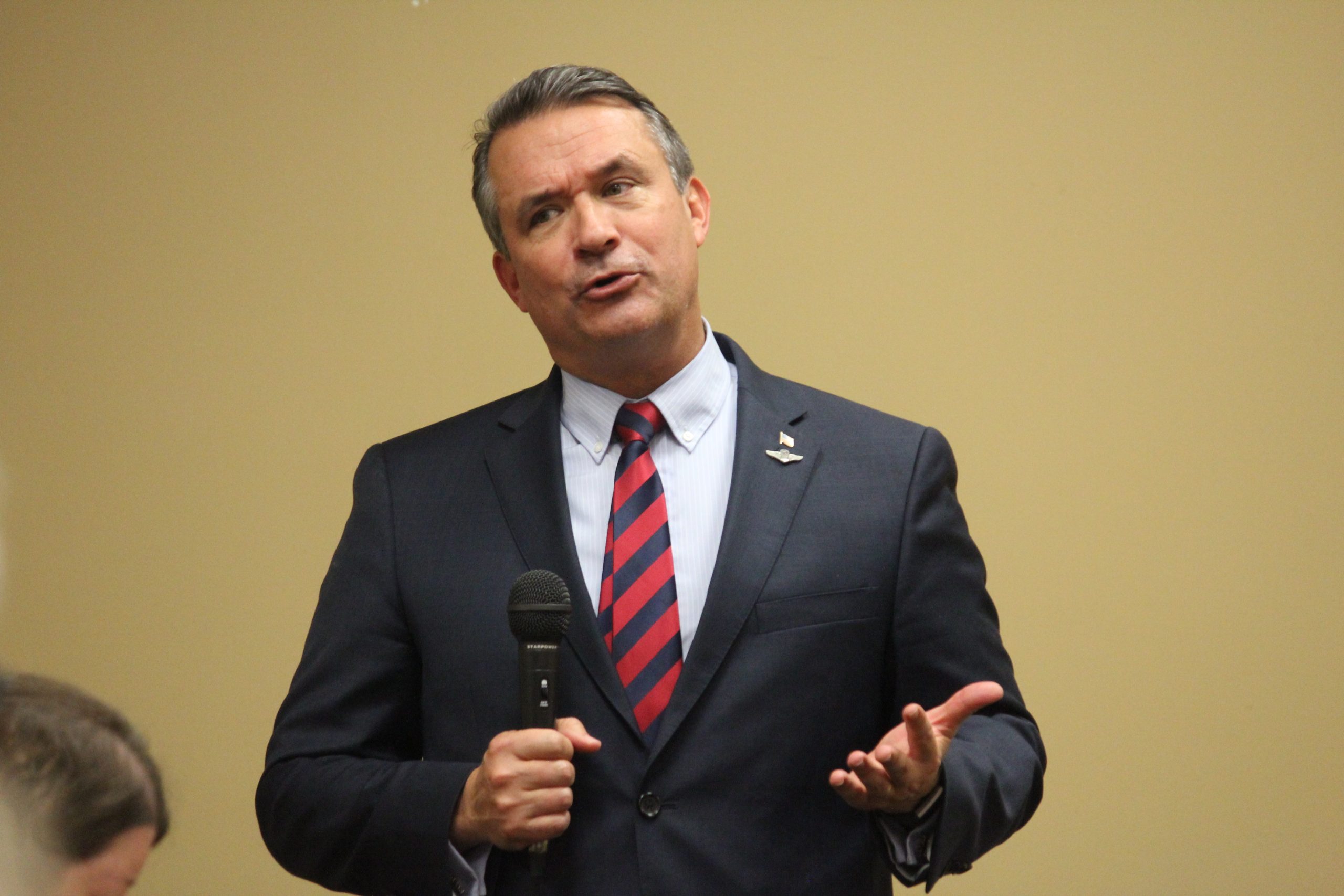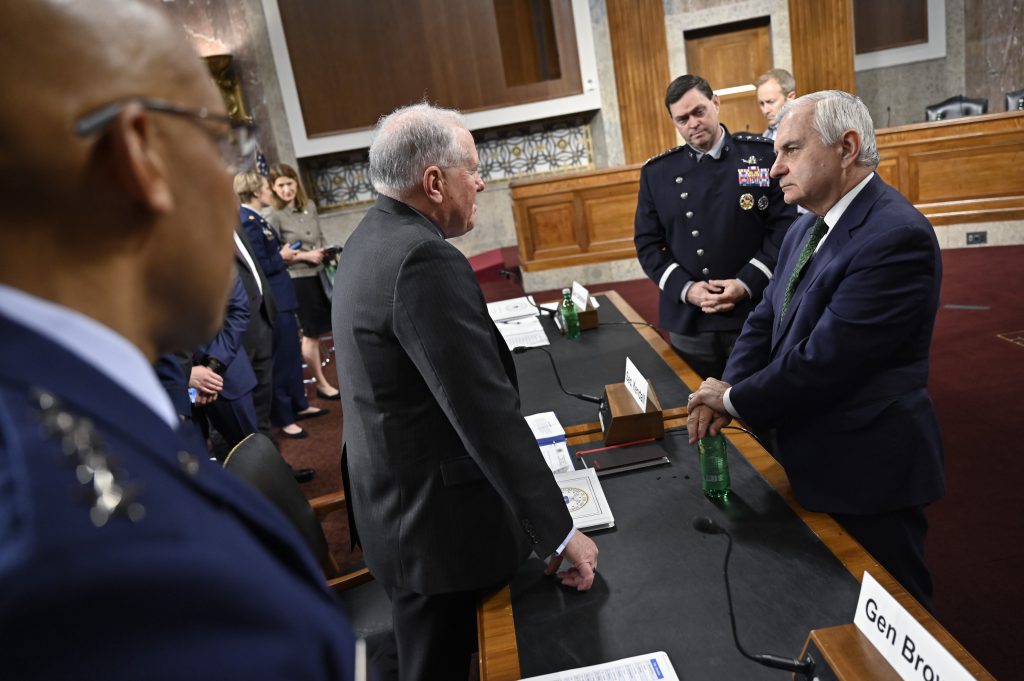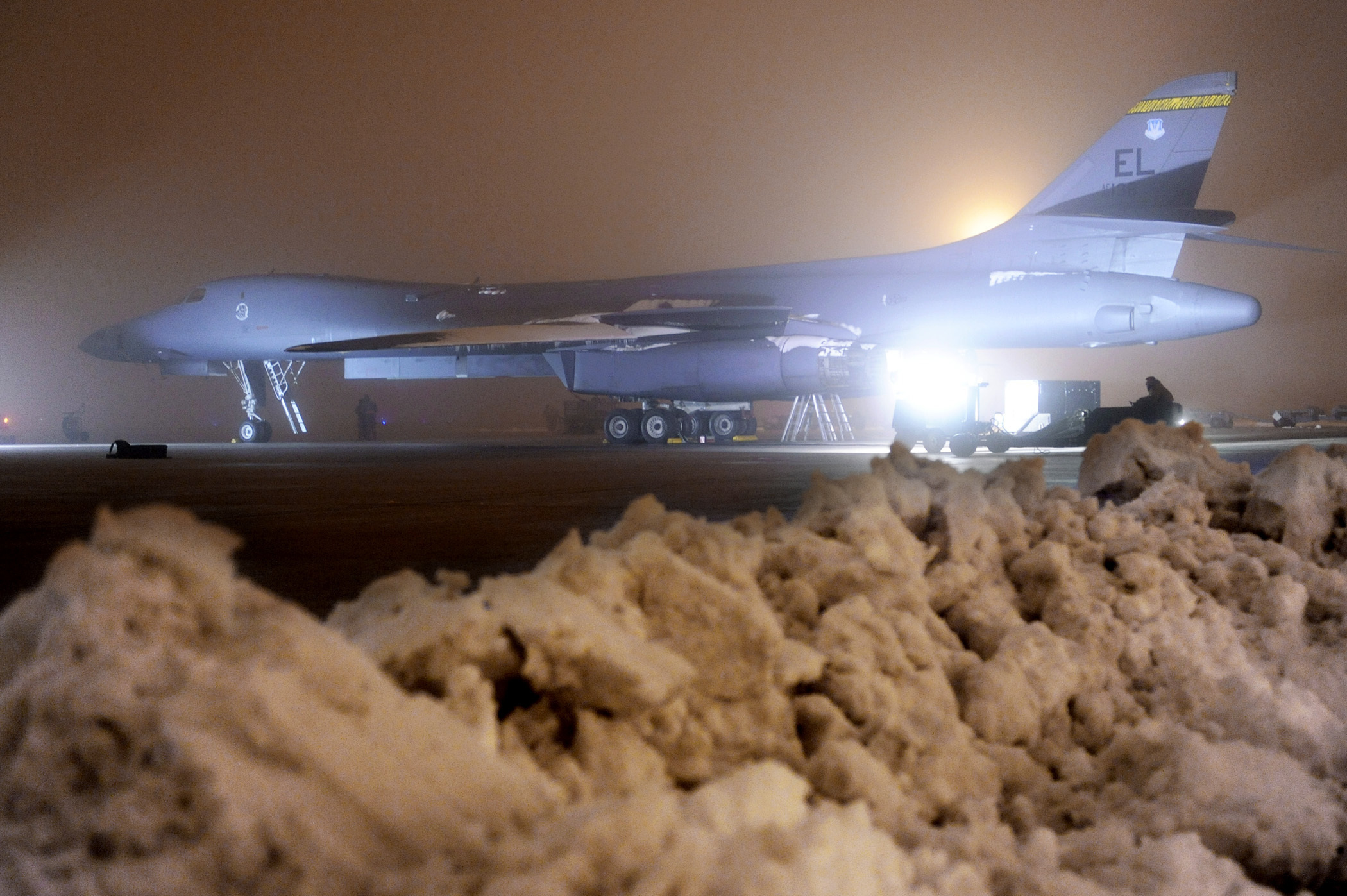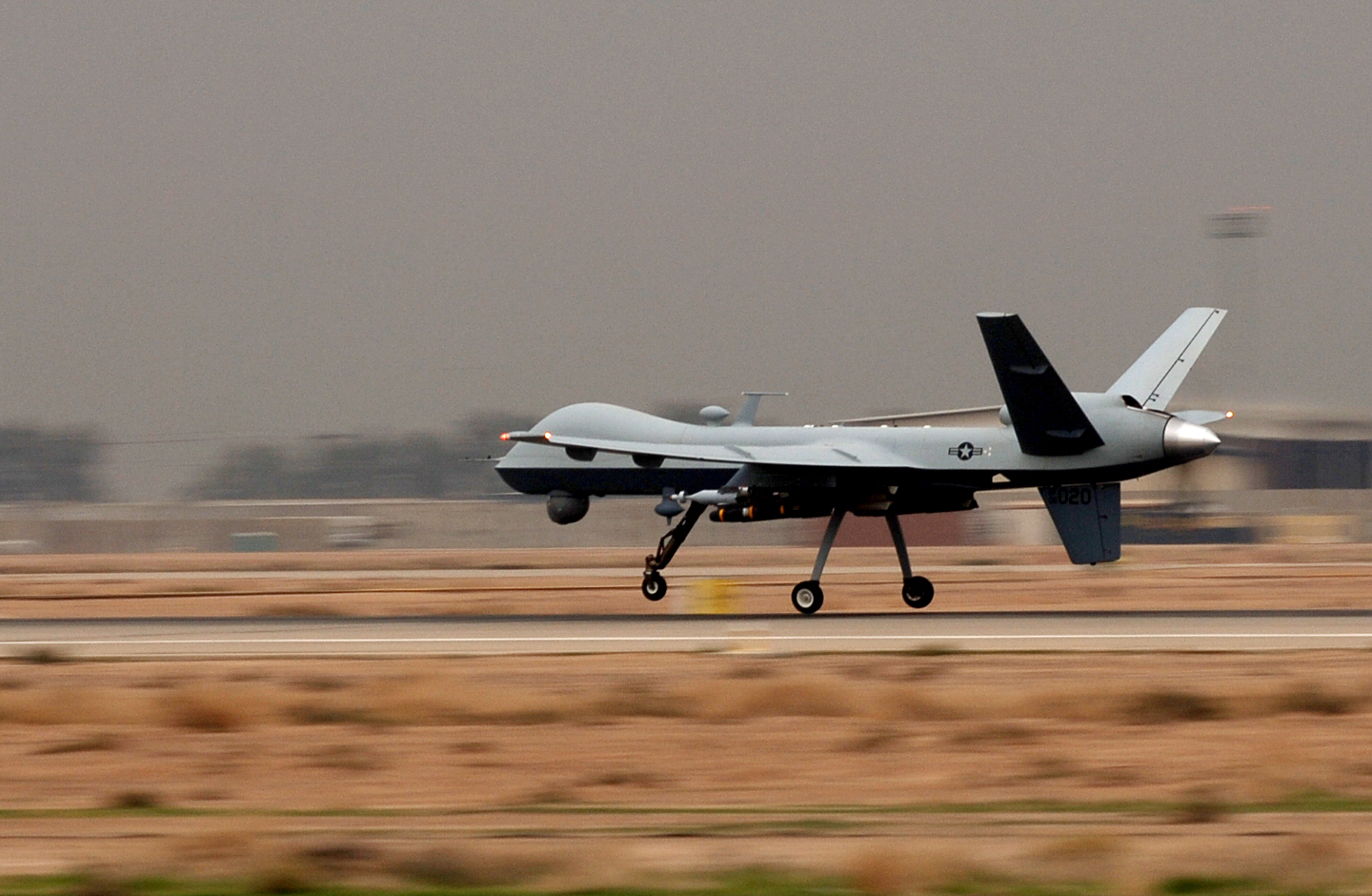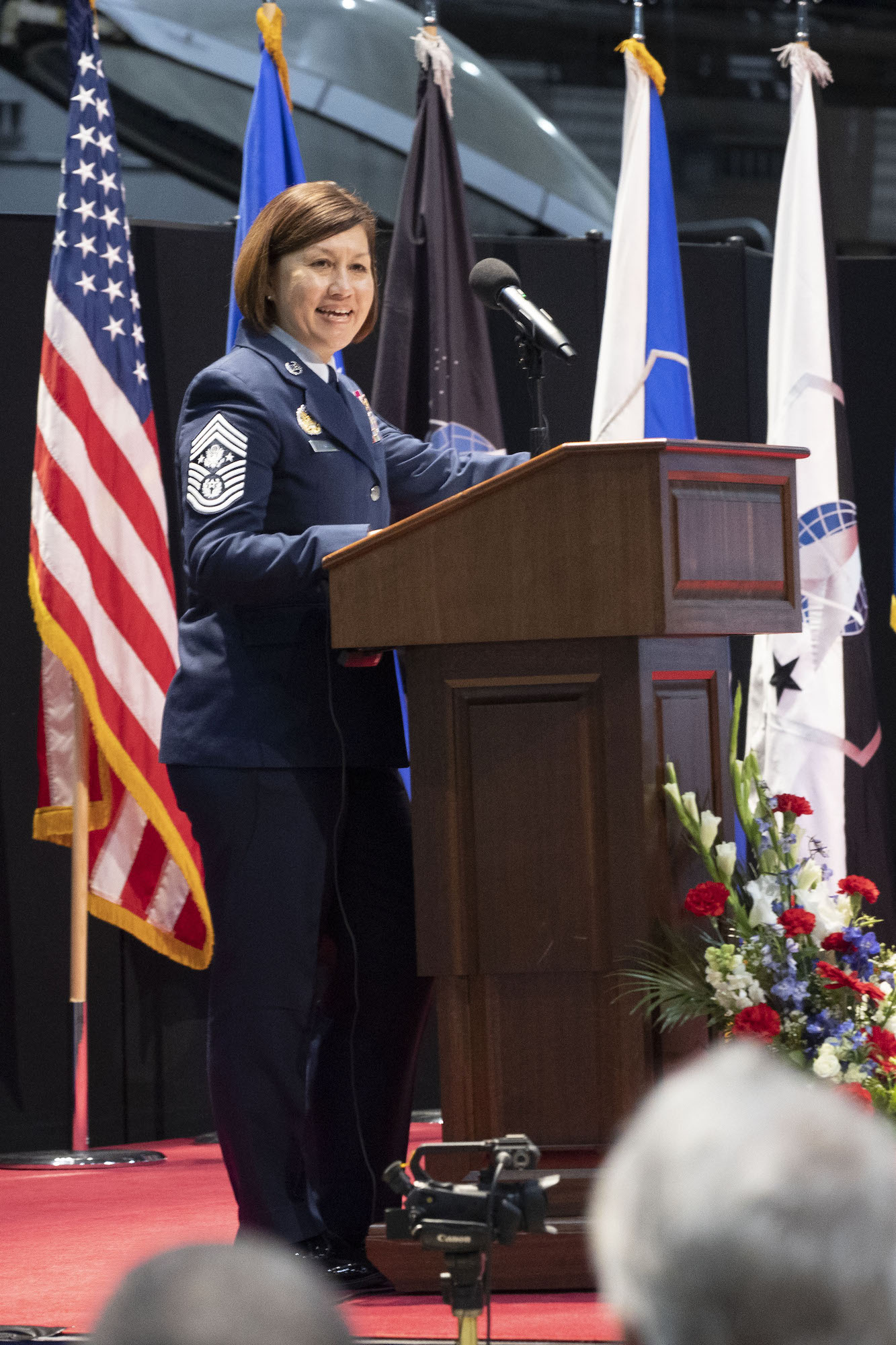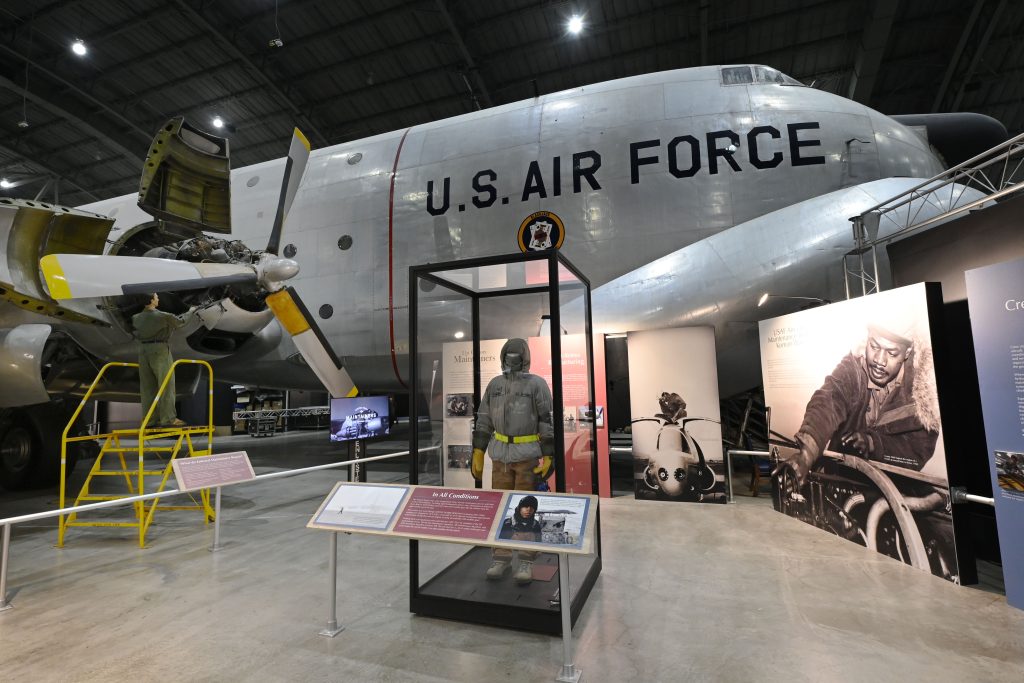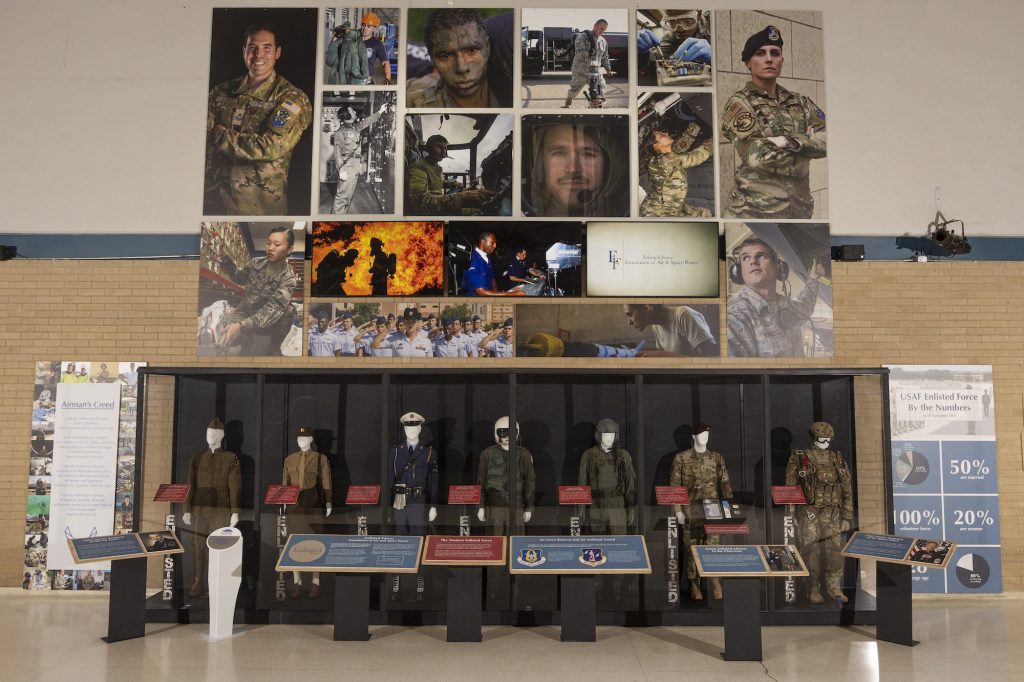The Space Development Agency (SDA) awarded a contract worth approximately $515 million to California-based Rocket Lab for 18 satellites that will help form the Tranche 2 Transport Layer (T2TL) of its massive low-Earth orbit constellation.
Last August, SDA awarded two contracts worth a total of about $1.5 billion to build 72 T2TL-Beta variant satellites that are planned to launch in September 2026. Rocket Lab’s 18 satellites are due to launch no later than July 2027.
The Rocket Lab batch brings the total size of T2TL-Beta to 90 satellites, but Tranche 2 overall will eventually consist of more than 200 total satellites from three different segments. The “Beta,” “Alpha,” and “Gamma” segments will provide different kinds of tactical satellite communication.
They will all be part of the Proliferated Warfighter Space Architecture, a constellation that will anchor the Pentagon’s broader plan for joint all-domain command and control (JADC2) by providing the satellite communications and connectivity needed to move data around the globe from sensors to shooters.
“The constellation will provide global communication access and deliver persistent global encrypted connectivity to support missions like beyond line of sight targeting and missile warning and missile tracking of advance missile threats,” SDA wrote in a Jan. 8 release.
SDA director Derek M. Tournear celebrated the new contract as a milestone in his agency’s efforts to expand the number of companies contributing space vehicles.
“Their selection as a new prime and bus provider demonstrates SDA’s dedication to our mission, which includes development of a growing, innovative marketplace necessary to sustain SDA’s proliferated architecture on two-year spirals,” he said in the release.
As the Tranche 2 contracts are handed out, Tranche 1 is scheduled to launch this fall, while the 23-satellite Tranche 0 is already in orbit. Tranche 0 was meant to demonstrate the feasibility of the Proliferated Warfighter Space Architecture. Tranche 1 provides regional coverage for tactical data links, advanced missile detection, and beyond line of sight targeting. Tranche 2 expands Tranche 1 globally, while Tranches 3 and 4 are meant to enhance their predecessors.
SDA and Tournear are pushing for large numbers of smaller spacecraft in low-Earth orbit to create resilience by discouraging adversaries from trying to shoot down or otherwise disable any one satellite.
Proliferated Warfighter Space Architecture
| TRANCHE | LAYER | # OF SATELLITES | CONTRACTORS |
|---|---|---|---|
| 0 | Transport | 20 | York Space Systems, Lockheed Martin |
| Tracking | 8 | SpaceX, L3Harris | |
| 1 | Transport | 126 | York Space Systems, Lockheed Martin, Northrop Grumman |
| Tracking | 35 | L3Harris, Northrop Gumman, Raytheon | |
| Demonstration and Experimentation System | 12 | York Space Systems | |
| 2 | Transport (Beta) | 90 | Northrop Grumman, Lockheed Martin, Rocket Lab |
| Transport (Alpha) | 100 | York Space Systems, Northrop Grumman | |
| Transport | 20 (approx.) | TBA | |
| Tracking | 52 (approx.) | TBA | |
| Demonstration and Experimentation System | 20 (approx.) | TBA |


